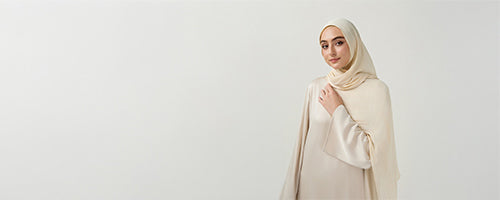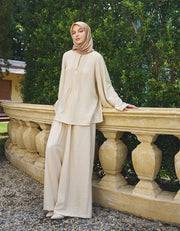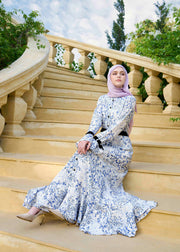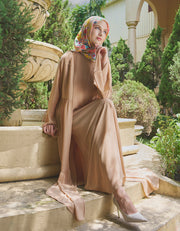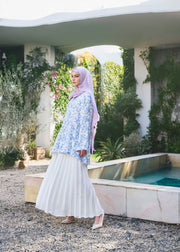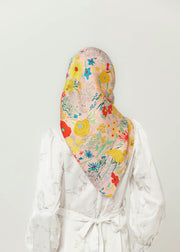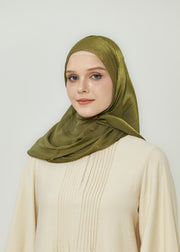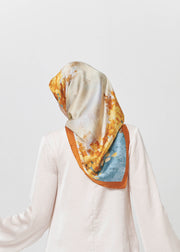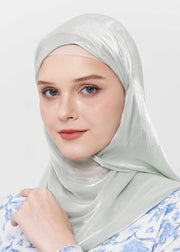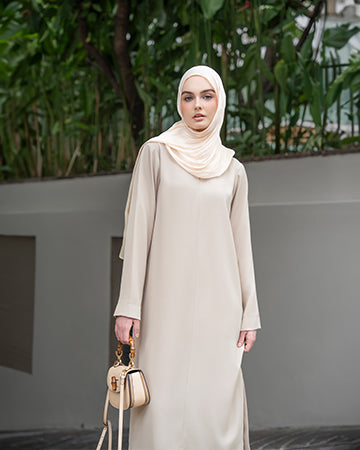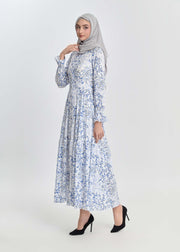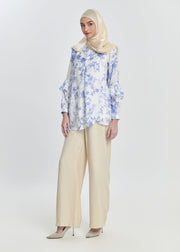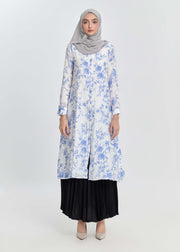Sketching Modesty: Your Guide to Muslim Dress Drawing
Whether you're an aspiring fashion designer, an illustrator, or simply love sketching, Muslim dress drawing offers a rich and diverse world of artistic expression. Far from being uniform, modest fashion encompasses a vast array of styles, silhouettes, and cultural influences, providing endless inspiration for your artwork. This guide will help you understand the fundamentals of drawing various Muslim garments, capturing their elegance, flow, and unique details. Get ready to bring your artistic vision to life, one beautiful sketch at a time!
1. Mastering the Basics: Proportions and Draping for Modest Wear
The foundation of any good fashion illustration lies in understanding human anatomy and fabric draping. Learn how to accurately sketch the human form beneath modest clothing and how different fabrics like silk, cotton, or chiffon fall and fold. Mastering these basics is key to creating realistic and dynamic illustrations of abayas, jilbabs, and long dresses.
Mastering the Basics: Proportions and Draping for Modest Wear
2. The Art of the Hijab: Drawing Diverse Styles and Folds
The hijab is a central element in many Muslim outfits, and drawing it effectively adds authenticity and beauty to your illustrations. Explore various hijab styles, from simple everyday wraps to elaborate formal drapes, and learn techniques to capture the delicate folds and flow of different fabrics. This section will help you give your characters a distinctive and respectful look.
3. Cultural Richness: Incorporating Regional Muslim Dress Details
Muslim fashion is incredibly diverse, influenced by cultures across the globe. Dive into the unique features of regional Muslim attire, such as Moroccan kaftans, Indonesian kebaya-inspired dresses, or South Asian anarkalis. Learning to incorporate these distinct details will add depth, authenticity, and visual interest to your Muslim dress drawing.
4. Fabric Textures and Patterns: Adding Depth to Your Designs
Bring your illustrations to life by mastering the art of rendering different fabric textures and intricate patterns. Whether it's the sheen of satin, the matte finish of crepe, or the detailed embroidery on a special occasion dress, learn techniques to make your fabrics look realistic. Discover how to draw various Islamic geometric patterns, floral motifs, and calligraphy to adorn your garments.
Fabric Textures and Patterns: Adding Depth to Your Designs
5. Posing Your Figures: Dynamic Illustrations for Modest Fashion
A static pose can make an outfit look lifeless. Learn how to draw dynamic and natural poses that showcase the beauty and movement of modest dresses. Experiment with different stances, gestures, and interactions that highlight the flow of fabrics and the elegance of the designs, making your Muslim dress drawing more engaging.
6. Accessories and Embellishments: Elevating Your Sketches
Details make the difference! Explore how to draw various accessories that complement Muslim fashion, including statement jewelry, handbags, elegant shoes, and decorative belts. Learn to sketch intricate embellishments like beadwork, sequins, and embroidery, adding a touch of glamour and sophistication to your illustrated garments.
7. Digital vs. Traditional: Tools and Techniques for Muslim Dress Drawing
Whether you prefer pencils and paper or a digital tablet, this section covers the best tools and techniques for Muslim dress drawing. Explore different mediums, software, and brushes that can help you achieve various effects, from soft watercolors to crisp digital lines, and find the approach that best suits your artistic style.
Ready to embrace these exciting trends? Find your next stylish pieces and elevate your modest wardrobe at Minnaba!

